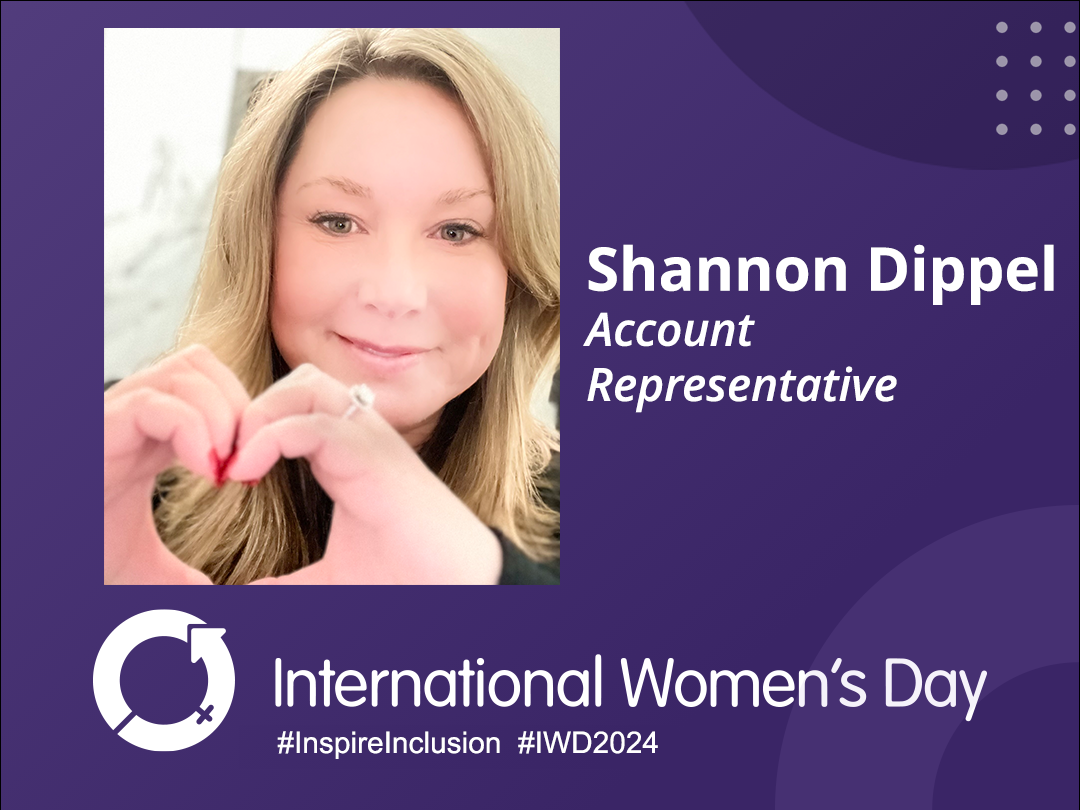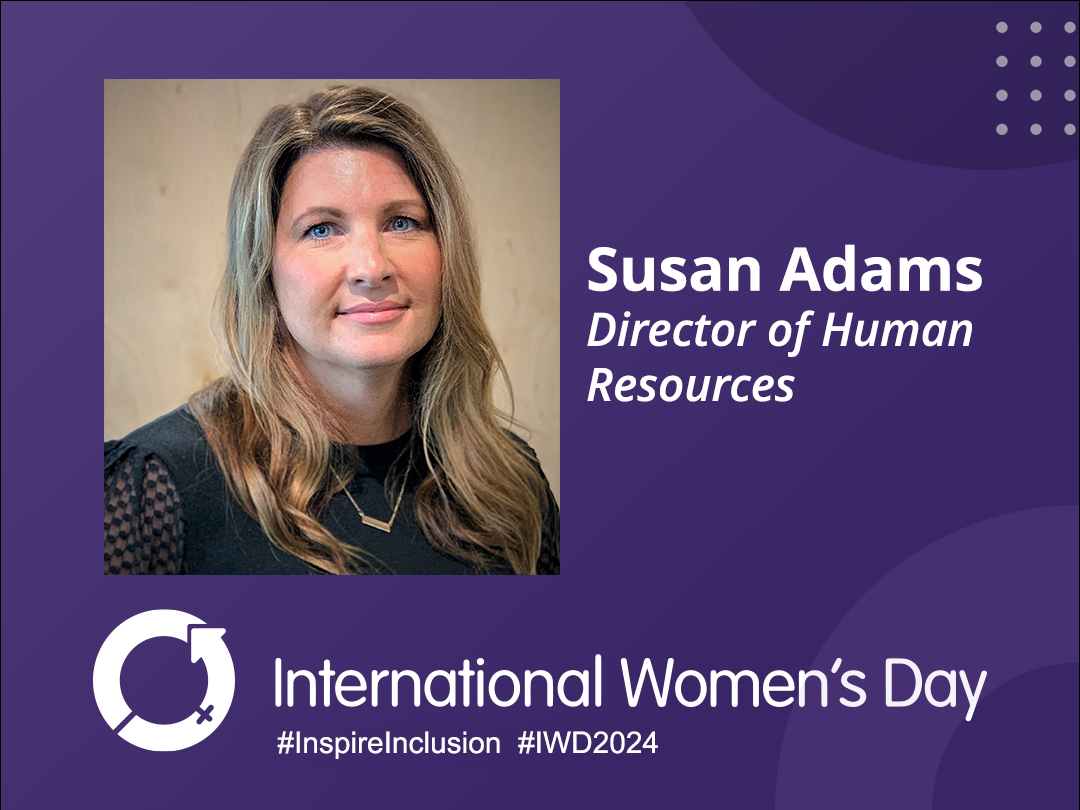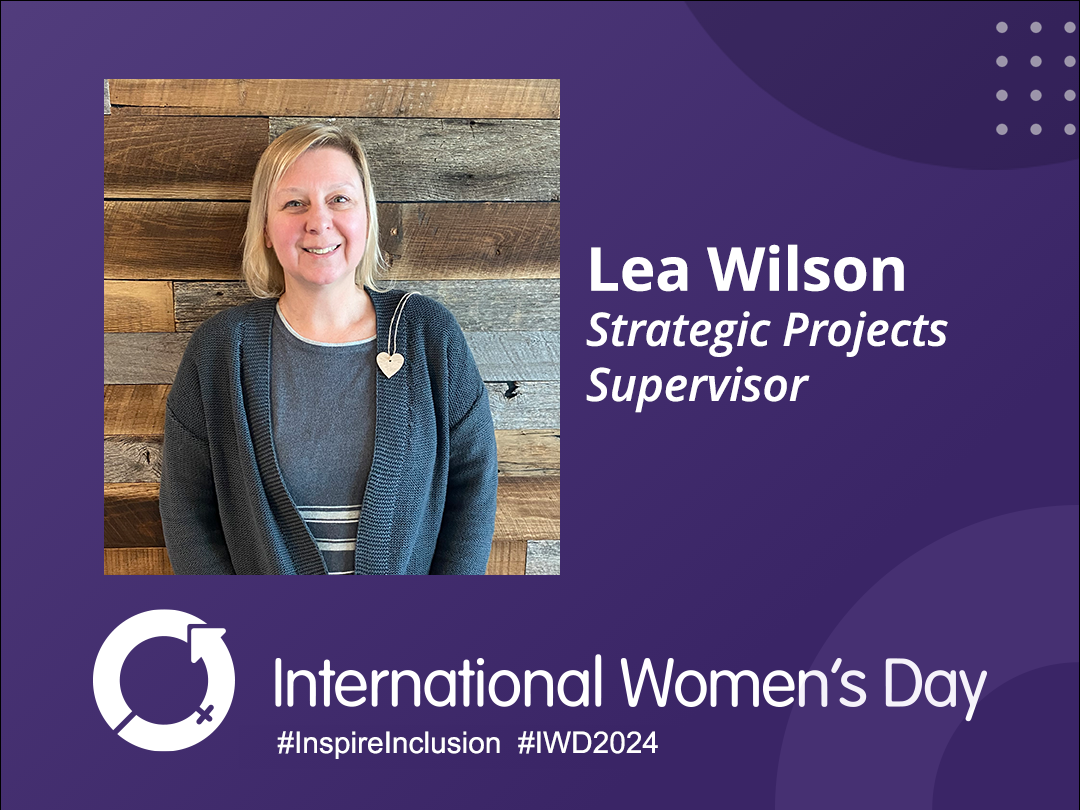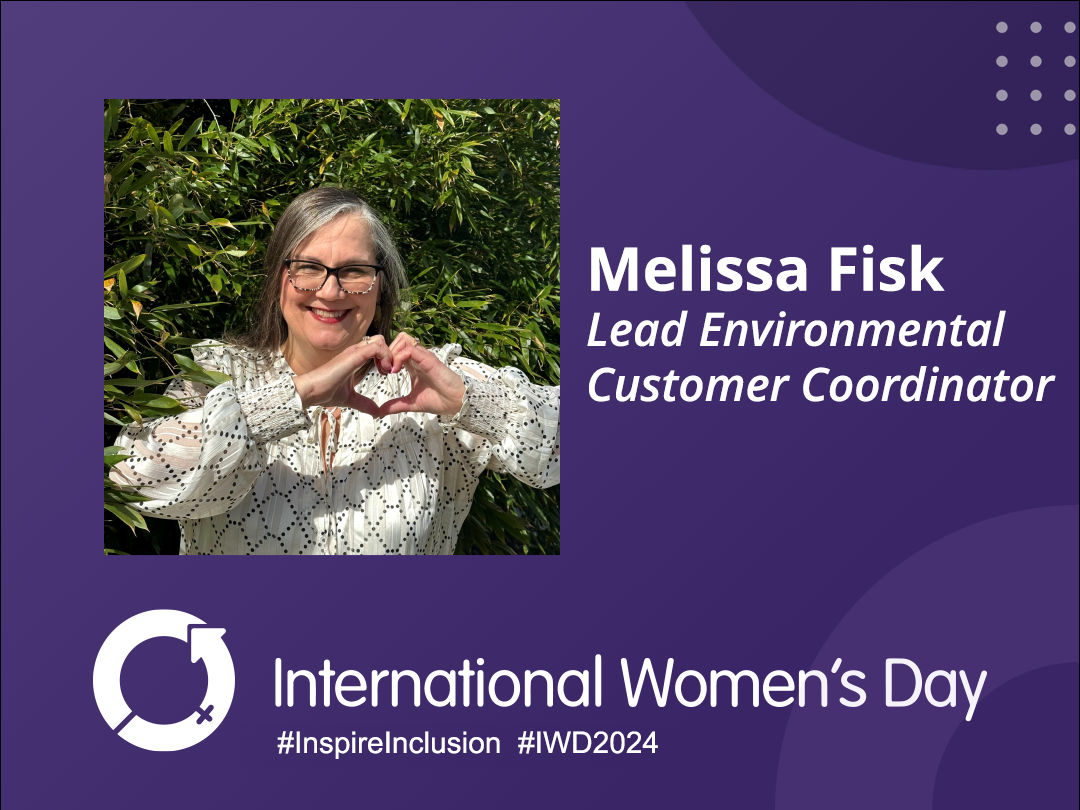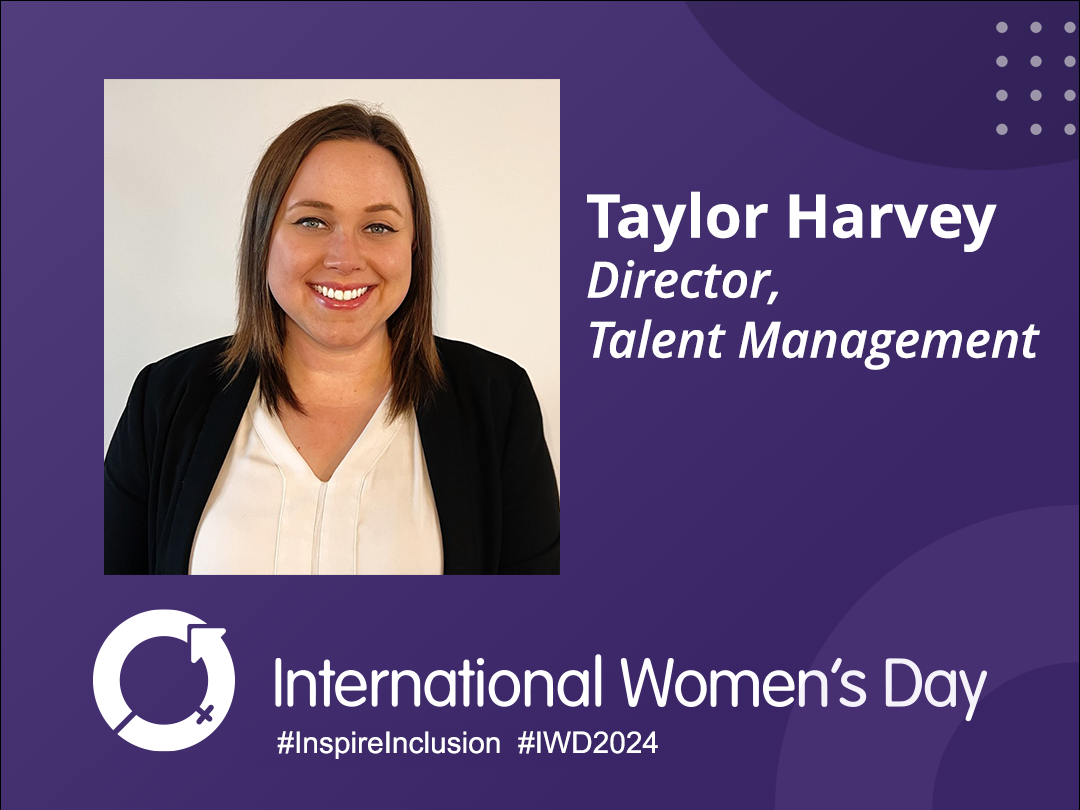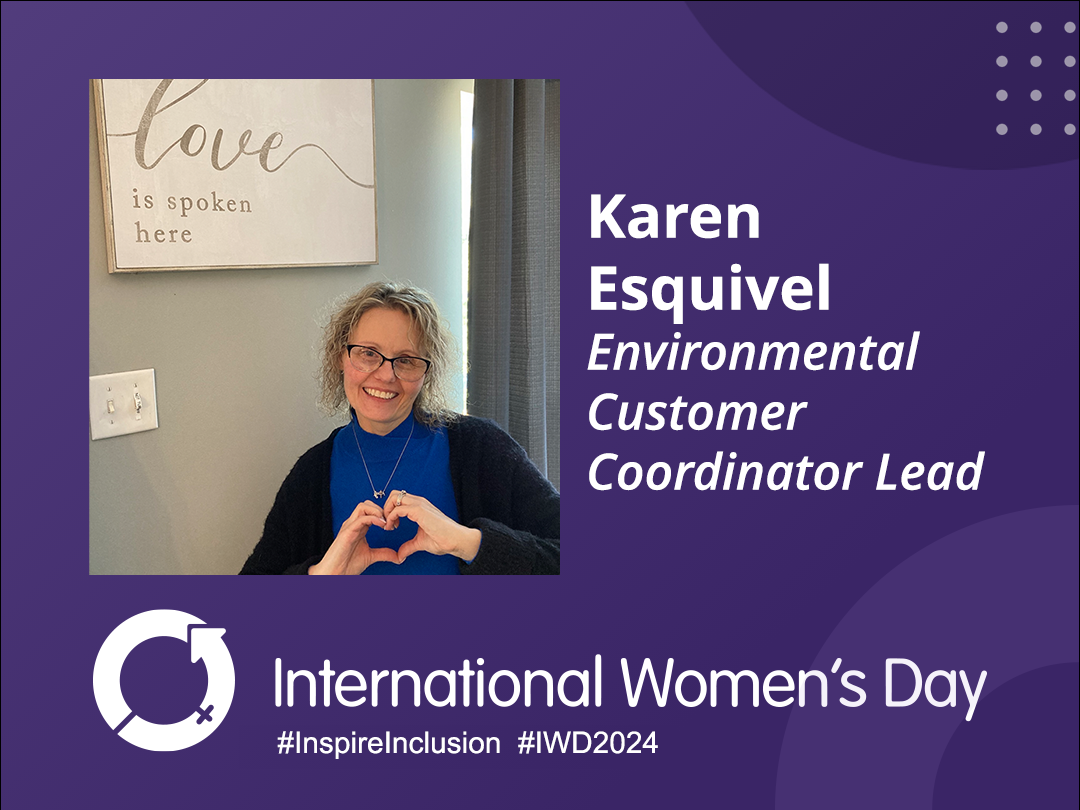
Hazardous waste containers and storage areas are designed with specific intent. The container is for holding the waste and the storage area is to prevent escape of release from a container. The regulations intend to ensure that wastes are,
- Compatible with construction of the container,
- Compatible with other waste placed in the container,
- Stored in a containment area designed to prevent releases from the containers from reaching the environment.
One of the first things to make sure of is that your containers are in good condition. Containers that are deteriorating or leaking must not be used and waste must be removed or transferred from the defective containers.
After making sure your containers are in good shape, you must make sure that the container type is compatible with the type of waste held within. The term incompatible waste refers to a hazardous waste which is unsuitable for placement in a container because it may cause damage to the container or inner liner; or when mixed with other waste in the container under uncontrolled conditions might produce:
- Heat or pressure,
- Fire or explosion,
- Violent reaction, or
- Toxic dusts.
Containers used to store hazardous waste must be made of or lined with materials that will not react with the waste and are otherwise compatible with the waste. Incompatible waste must not be placed in the same container. This includes unwashed containers that previously held an incompatible waste or material.
It is not just in containers that you must think of compatibility, though. Incompatible wastes are to be kept separate from each other in storage. Incompatibles must be kept separate by dike, berm, wall, and separated by sufficient distance. It helps to remember the 2 row minimum rule. Incompatible materials must be 2 rows apart, separated by a row compatible to both.
Compatibility is so important because accidentally mixing incompatible wastes can have very dangerous ramifications. Always be sure to check and double check that you are not inadvertently mixing incompatible wastes. And remember, this information may not be all-inclusive and it is always best to check 40 CFR and your state regulations for the most up-to-date information. Keep reading our blog for more information about containerized wastes.
More News From Heritage
-
3/12/24
Equal Pay Day – Spotlighting Our Female Drivers
-
3/8/24
International Women’s Week Spotlight – Shannon Dippel
For International Women's Week, we're spotlighting some of the incredible women in the Heritage family. Our final spotlight is Shannon Dippel.
-
3/8/24
International Women’s Week Spotlight – Susan Adams
For International Women's Week, we're spotlighting some of the incredible women in the Heritage family. Our sixth spotlight is Susan Adams.
-
3/7/24
International Women’s Week Spotlight – Lea Wilson
For International Women's Week, we're spotlighting some of the incredible women in the Heritage family. Our fifth spotlight is Lea Wilson
-
3/7/24
International Women’s Week Spotlight – Melissa Fisk
For International Women's Week, we're spotlighting some of the incredible women in the Heritage family. Our fourth spotlight is Melissa Fisk.
-
3/6/24
International Women’s Week Spotlight – Taylor Harvey
For International Women's Week, we're spotlighting some of the incredible women in the Heritage family. Our third spotlight is Taylor Harvey
-
3/5/24
International Women’s Week Spotlight – Karen Esquivel
For International Women's Week, we're spotlighting some of the incredible women in the Heritage family. Our second spotlight is Karen Esquivel.
-
3/5/24
Heritage Environmental Services Announces HP Nanda as CEO; CEO Jeff Laborsky Transitions to Board of Directors
Heritage Environmental Services (“HES”) announced today that HP Nanda will join the organization as CEO.

